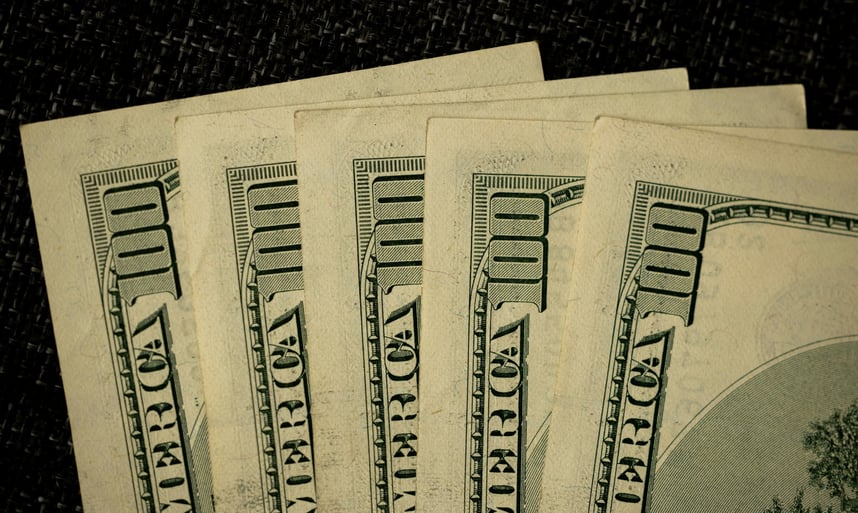Tariff Shock Delayed: Mild May CPI Boosts Calls for Fed Cuts as Data Collection Questions Linger
ECONOMY


Inflation Remains Subdued as Tariff Effects Lag
Consumer prices rose just 0.1 % in May, placing the headline rate at 2.4 % year over year, the Bureau of Labor Statistics said Wednesday. Wall Street had penciled in 0.2 % for the month and an unchanged 2.4 % pace on an annual basis. Stripping out food and energy, core CPI also climbed 0.1 %, well below the 0.3 % consensus and nudging the 12‑month core rate to 2.8 % instead of the 2.9 % economists expected.
The benign report lands two months after President Donald Trump imposed universal 10 % tariffs on U.S. imports plus a patchwork of “reciprocal duties” aimed at trade partners that, in the administration’s view, engage in unfair practices. Economists had flagged June as a potential inflection point for consumer prices, yet May’s tepid reading suggests inventory buffers and competitive pressures are muting the initial pass‑through.
Energy was the clearest drag on the index: the energy component fell 1 %, led by a 2.6 % drop in gasoline, leaving pump prices 12 % below a year earlier. Motor fuel’s retreat offset price gains elsewhere, while new‑vehicle prices slipped 0.3 % and used‑car prices slid 0.5 %, defying predictions that auto tariffs and supply bottlenecks would lift sticker prices.
Survey director Joanne Hsu of the University of Michigan, whose consumer‑confidence gauges rebounded sharply in June, said households appear to have “settled from the shock of the extremely high tariffs announced in April,” though she cautioned that respondents still perceive “wide‑ranging downside risks to the economy.” Principal Asset Management strategist Seema Shah called the CPI print “reassuring—but only to an extent,” warning that tariff‑driven price increases “may not feed through for a few more months yet.”
Mixed Category Moves Highlight Shifting Inflation Drivers
Beneath the headline, the price landscape remained uneven. Shelter costs climbed 0.3 % on the month, extending a long run of outsized gains, yet the yearly increase slipped to 3.9 %, the lowest since late 2021. Owners’ equivalent rent and primary rent both cooled, hinting that robust apartment supply and moderating wage growth are finally working their way into lease renewals.
Food prices rose 0.3 %, powered by restaurant meals, fresh produce, and bakery items. Egg prices, which had soared in 2024 amid supply disruptions, dropped another 2.7 % in May but remained 41.5 % above year‑ago levels, underscoring the stickiness of certain categories. Apparel, widely expected to absorb tariff pressures early, recorded a 0.4 % decline, reflecting heavy discounting by retailers that pulled forward imports ahead of the April duties.
Real average hourly earnings—nominal pay adjusted for inflation—ticked up 0.3 % in May and are 1.4 % higher than a year earlier, providing some breathing room for households even as credit‑card delinquency rates creep up. Wage solidity plus easing fuel bills are propping up spending on discretionary services—travel, entertainment, personal care—that typically lag goods inflation.
Producer and import‑price data earlier in the week told a similar story: headline PPI rose just 0.1 %, while import prices were flat. Fed policymakers have said they expect some tariff impact to filter into core goods through late summer as companies draw down duty‑free inventories. Yet the May pattern suggests competitive pass‑through, hedging in commodity markets, and margin compression may blunt the final consumer hit.
Policy and Market Implications: Pressure on the Fed Grows
Vice President JD Vance and President Donald Trump swiftly seized on the soft data to renew calls for rate cuts. “The refusal by the Fed to cut rates is monetary malpractice,” Vance posted on X, echoing the administration’s argument that elevated real rates risk throttling an economy already adjusting to tariff‑clouded supply chains.
Federal Reserve officials have insisted they need “several months” of evidence that price pressures are cooling sustainably before resuming the easing cycle they paused last December. Fed‑funds futures now assign roughly a 25 % probability of a July cut and a 70 % chance by September, compared with 55 % and 90 % before the CPI release. Treasury yields slipped in the wake of the data, with the 10‑year note retreating five basis points to 4.35 %, while equity futures turned modestly positive.
Market skepticism persists that tariffs will remain benign. Goldman Sachs Asset Management’s Alexandra Wilson‑Elizondo warned that the May lull “likely reflects firms drawing on existing inventories or adjusting prices cautiously due to uncertain demand,” adding that service‑sector disinflation should anchor the broader CPI path even if goods prices tick higher.
For now, policymakers confront a dual mandate riddled with cross‑currents: labor‑market softening hinted at by a rising unemployment rate, but real wages still expanding; core PCE inflation trending near 2.8 %, yet consumer expectations volatile; and fiscal stimulus via tariff revenue offset by down‑trend momentum in global trade volumes.
Data‑Quality Clouds: BLS Staffing Cuts and Expanded Imputation
Parsing inflation has become trickier as Trump’s federal hiring freeze squeezes statistical agencies. The Bureau of Labor Statistics reiterated last week that it has been “reducing sample in areas across the country” and suspended data collection entirely in Lincoln, Nebraska; Provo, Utah; and Buffalo, New York. In those locales, the agency leans more heavily on imputation, a statistical technique that estimates missing prices based on similar items or regions.
BNP Paribas economists warned that smaller samples may introduce additional volatility or systematic biases, though they conceded the direction of any distortion is difficult to predict. The BLS maintains that the changes will have “minimal impact” on overall CPI but concedes sub‑indexes—particularly those tied to smaller geographic areas—could swing more sharply.
Likewise, trade statisticians are grappling with gaps in customs‑duty reporting as firms scramble to reclassify goods under new tariff schedules. While gross tariff collections surged 59 % year to date to $86 billion, questions remain about the comparability of those figures across months as classification audits and compliance lags accumulate.
Central‑bank officials privately acknowledge the data‑quality concerns but say the breadth of indicators—from market‑based measures such as TIPS breakevens to private‑sector surveys and labor‑cost indexes—gives them a robust set of cross‑checks. Still, the proliferation of one‑off policy tweaks—from reciprocal tariffs to inventory credits—complicates seasonal adjustment and year‑over‑year comparisons, adding noise at a time when policy decisions hinge on marginal shifts in trend.
